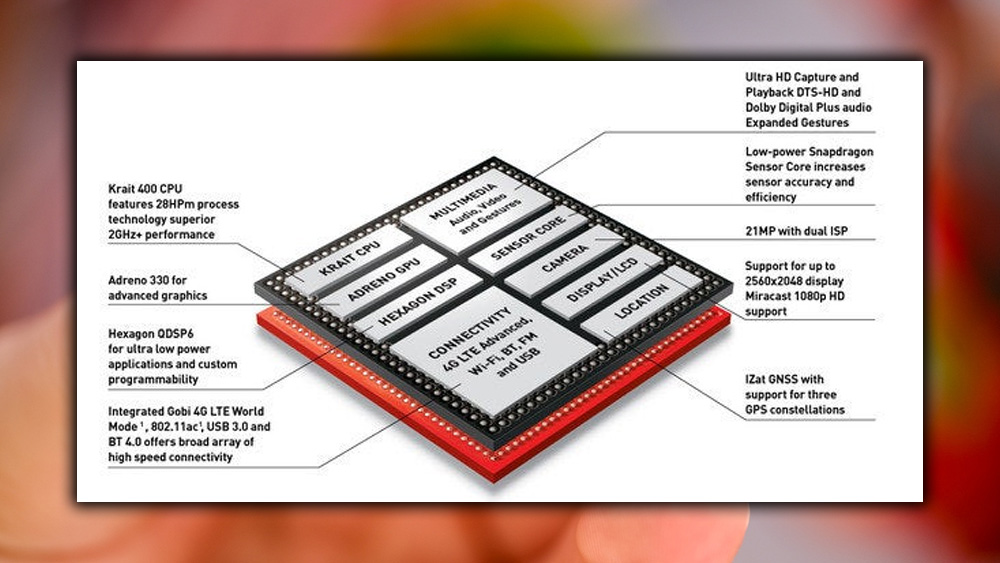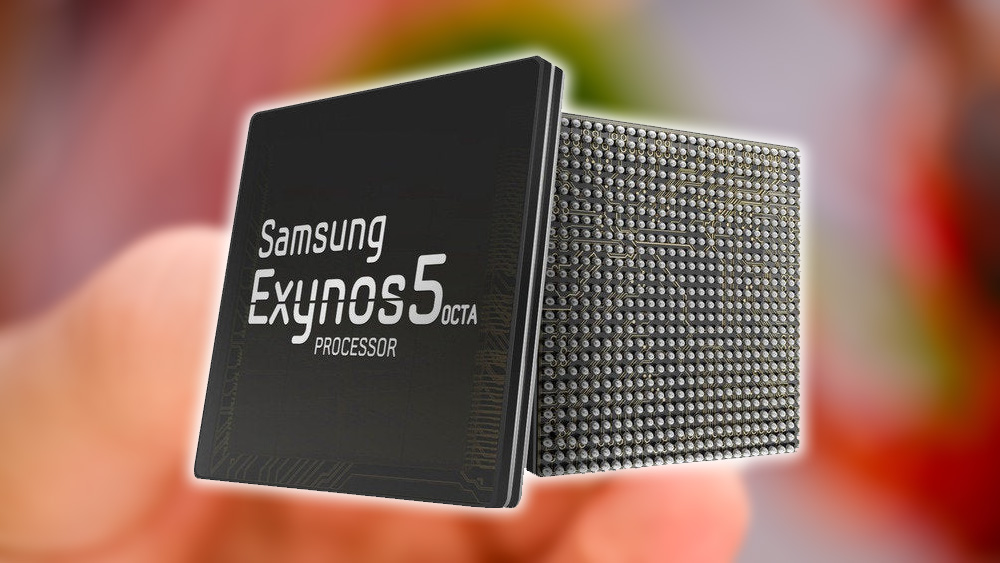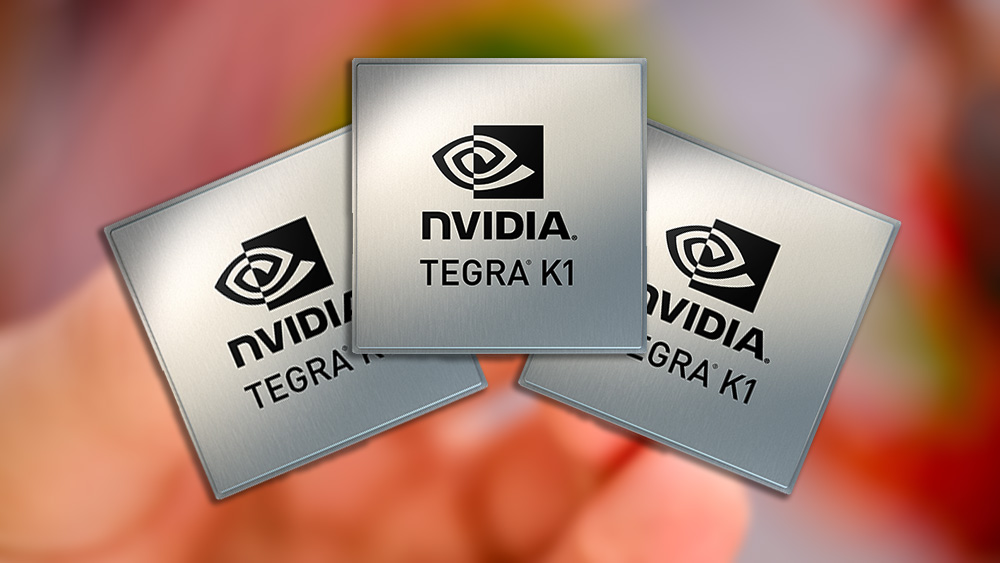Qualcomm: Snap, the Mighty Dragon
Qualcomm leads the way in Android phone implementations with the Snapdragon SoC System-on-Chip platform in markets. Snapdragon started with an ARM-compatible C core of Qualcomm’s own design. Currently, the C core in Snapdragon processors is called Krait. It is loosely comparable in speed to ARM’s Cortex A15 reference design.


Required with Krait is Qualcomm’s Adreno graphics technology. This G line began life at ATI under the brand name Imageon. And was picked up by AMD in 2006 when it purchased ATI. Two years later, AMD sold the Imageon technologies to Qualcomm, which re-branded Adreno. It’s a bold move on Qualcomm’s part, Adreno is an anagram of Radeon. The brand name still used by AMD for its graphics cards.
Qualcomm was the first out of the 4G gate with an integrated SoC implementation for the wireless standard. This put Qualcomm at an enormous advantage in markets like the, where E support became a must-have feature. Direct SoC integration also earned the Snapdragon a home in many phones. As the alternative was adding a separate E modem chip. Thus raising the price, energy usage, and manufacturing complexity for phone manufacturers.
800 Series
The Snapdragon 800 series is Qualcomm’s top offering. Featuring up to four Krait cores running at up to 2.46 GHz, partnered with Adreno 330 graphics. This represents the most well-rounded processor package for Android devices today. Providing excellent performance in all areas within a reasonable power budget. Snapdragon-based devices also got the lion’s share of post-release ROM development from enthusiasts.
First around the corner was the Snapdragon 805, a platform refresh that will feature faster Krait cores. An improved Adreno G, and more instantaneous RAM bandwidth. Oddly, Qualcomm’s first 64-bit mobile parts would arrive later in the year in the form of the low to mid-range Snapdragon 410. High-end components were expected shortly afterward.
Samsung, the Company Man
For more than a decade, Samsung has been producing SoCs based on ARM architectures. In fact, Samsung chips appeared in every iPhone released before the iPhone 4. Samsung’s current Exynos series SoCs are traditional ARM variants featuring Cortex A9 A15 cores and ARM’s Mali G design. However, a few Samsung chips, such as the Exynos 5 5410 found in one variant of the Galaxy S4. And use PowerVR’s potent SGX core to handle graphics. PowerVR’s excellent G designs were commonly found in Apple products. Which was too bad because Exynos could have used a little love for G horsepower.


While the Exynos 5’s raw C performance was generally superior to Qualcomm’s Krait performance. The Mali G fell behind in competing with Adreno PowerVR graphics solutions. Samsung’s own Galaxy Note 3 implementation was an excellent example of this. The Note 3 variants featuring Snapdragon chips offered more features with a better user experience. Despite being virtually identical to the versions that included Samsung’s own Exynos chips.
A15 cores are power-hungry, so ARM implemented a scheme called big TT. Each high-performance core was shadowed by a lower-power, lower-performance core that takes over whenever workloads permit. The current crop of Exynos 5 Octa SoCs employed this feature to keep the A15’s appetite for power in check. However, some implementations of big TT had cached issues that hindered performance.
First to 64 Hardware
But looking forward, Exynos 6 promised to bring cutting-edge 64-bit hardware integrated 4G to the table. Samsung said the caching problems that held back earlier variants of big TT had been resolved. We should see Exynos 6 by springtime, perhaps in the Galaxy S5.
That said, Samsung’s phones and tablets appealed for reasons beyond processor performance. Focusing instead on features such as advanced OLED screens and sophisticated stylus input. The conservative route of going with ARM’s reference designs. Allowed Samsung’s engineers to look for more novel ways to differentiate their hardware. Given their market share, it appeared Samsung may be on to something with this strategy.
Nvidia: Full speed and Full Volume
It may have seemed like Nvidia had been plugging away with its Tegra line for a while now. Still, it was the newest player to the SoC game by a long shot, and the inexperience showed. Tegra’s growing pains meant that very few devices used a Tegra chip until Tegra 3 came along. But the third time was a charm. Nvidia’s SoC package found a home in tablets like Google’s original Nexus 7 and Microsoft’s Surface. Microsoft retained Nvidia for the Surface 2. Which featured the Tegra 4 but migrated to Snapdragon for the 2013 Nexus 7.


Tegra 4 hit the market in 2013 with up to four times the performance of its predecessor. However, it still required a separate companion E modem chip. It paired a Cortex A15 quad-core setup with 72 G cores of Nvidia’s design. Still, despite this firepower, G’s performance tended to trail the competition. A fifth, low-power A15 core included in Tegra 4. And serve in an energy-saving capacity similar to Samsung’s big TT.
Tegra 4 wasn’t fully competitive with current industry leaders, but waiting in the wings was Nvidia’s Tegra K1. This project promised to bring last-generation gaming console quality graphics to mobile users. With a 192-G core implementation of the Kepler architecture. Tegra K1 was announced in two versions. One used the same “4+1” C setup employed in the Tegra 4, with similar ARM Cortex A15 cores.
K1
But the more interesting K1 version used a custom, dual-core 64-bit C code-named Denver. Designed by Nvidia’s own in-house dream team of engineers poached from Intel, AMD, Sun, and Transmeta. While leaked benchmarks suggested the K1 may live up to its press, the chip was still a wait.
For starters, we didn’t know which variant of the Tegra K1 generated those leaked benchmarks. And what’s more, we had no helpful details on the K1’s power utilization. With no integrated E modem and Nvidia’s relatively high power use history. The Tegra K1 may have been destined for tablets. But turned out to be too power-hungry for phones.
64-bit Dreams
While Apple’s move to 64-bit had motivated the rest of the mobile industry to follow. But didn’t expect to see dramatic dividends in upcoming Android phones and tablets. Apple’s tightly controlled vertical integration. And system software device hardware is made by the same company. Made it easier for the company to realize the benefits of significant platform shifts. And jumping from 32-bit to 64-bit was a considerable shift. But the transition wouldn’t be relatively so seamless in the diverse Android ecosystem.
Some 64-bit benefits, such as increased memory limits, would manifest quickly. But other performance advantages would have to wait. Until the OS and many applications modified. And that would require coordination between hardware vendors and software developers themselves. This might have taken a while, but there was no worry about the wait. There was plenty of mobile tech in the pipeline for 2014 to keep you busy. In the 2020s, the 64-bit dream is worth the wait, and technology is growing every day.
















